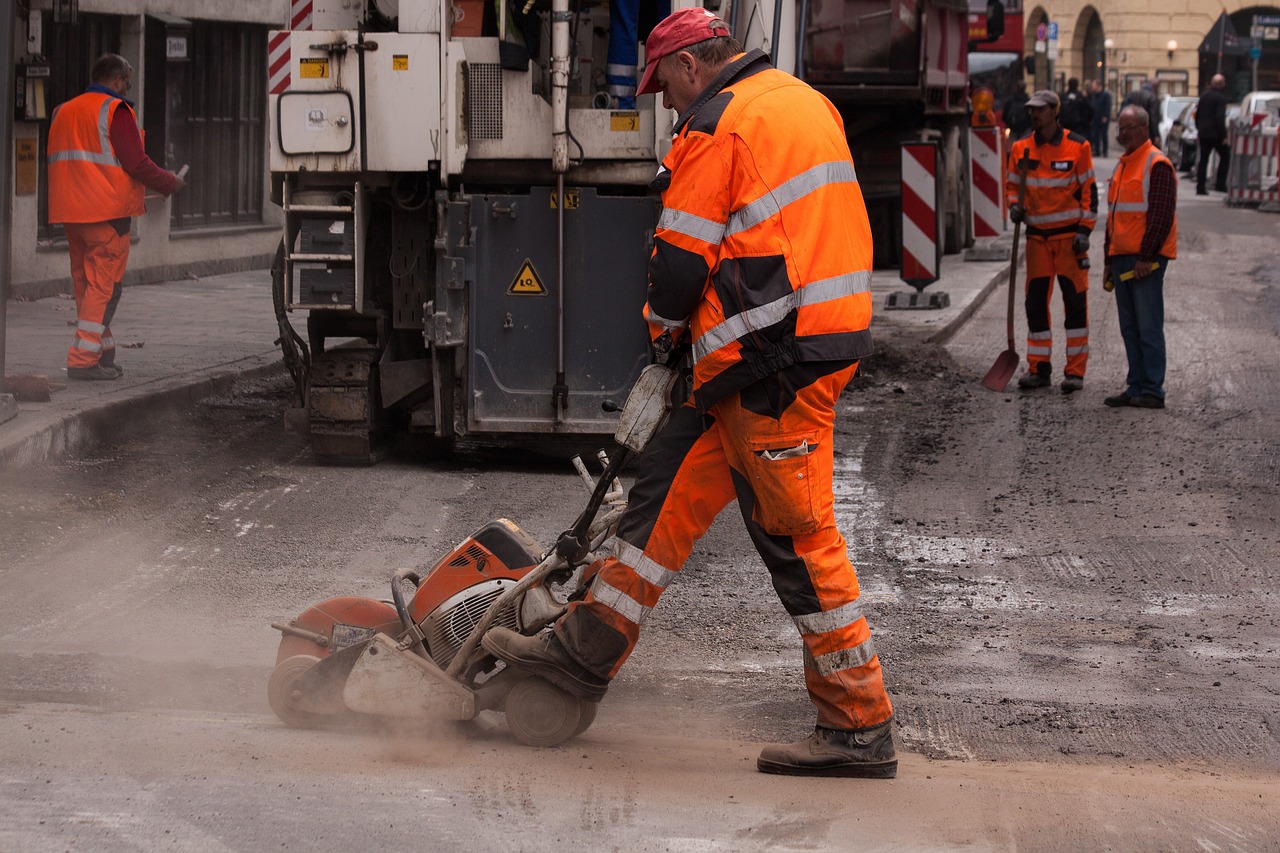K
Krish Gupta
Joshua Nielsen
AP Environmental Science ♻️
252 resourcesSee Units
Vocabulary
- CDC
- NIOSH
- Decibel

Image Courtesy of Pixabay
How loud is too loud?
Noise is not often thought of as a pollutant. That is until you try studying for a test in the middle of a basketball game. High levels of sound are able to cause physical and psychological stress and hearing loss.
According to the Centers for Disease Control (CDC) and the National Institute for Occupational Safety and Health (NIOSH) hearing loss in humans begins at 85 decibels. A normal conversation is around 60 dB. Permanent hearing loss may occur within 15 minutes of unprotected exposure to 100 dB (construction work).
Children exposed to long term loud noise suffer from decreased reading ability, hyperactivity, poor speech development, and stress. Adults also suffer from higher blood pressure and difficulty thinking in situations of very loud noises.
Effects on Animals
Loud noises affect animals as well as people. Animals may suffer from hearing loss and experience stress due to noise pollution. Animal communication is impaired around loud noises. Birds must alter their tune with higher notes or sing at different times. Bats have a more difficult time finding their food using echolocation in loud environments.
Noise pollution is not only present in the air. Marine animals suffer from loud noises. Sound travels farther in water. The sounds of propellers and sonar have interrupted the communications of whales and dolphins and caused hearing loss. Some marine whale pods have altered their migratory paths in order to avoid shipping lanes and areas of sonar use.
Mitigation
Noise pollution, also known as environmental noise or sound pollution, is the presence of unwanted or excessive sound in the environment. It can have negative impacts on human health and well-being, as well as on the behavior and survival of wildlife.
There are several ways to mitigate noise pollution:
- Implement noise regulations and standards: Governments can set limits on the amount of noise that can be generated by different sources, such as construction sites, factories, and transportation systems.
- Use noise barriers and other noise-reducing measures: Physical barriers, such as walls and fences, can be used to block or absorb noise. Other noise-reducing measures, such as noise-absorbing materials and low-noise pavement, can also be used to reduce noise levels.
- Promote the use of quieter technologies and vehicles: Quieter technologies and vehicles, such as electric vehicles and low-noise aircraft, can help reduce noise pollution.
- Encourage the use of public transportation: Public transportation systems, such as buses and trains, are generally quieter than private vehicles and can help reduce traffic noise.
- Plant trees and vegetation: Trees and other vegetation can absorb and reflect sound, helping to reduce noise levels in urban areas.
🎥 Watch: AP Environmental Science Streams
Browse Study Guides By Unit
🏜Unit 1 – The Living World: Ecosystems
🐠Unit 2 – The Living World: Biodiversity
👪Unit 3 – Populations
🌏Unit 4 – Earth Systems & Resources
🏖Unit 5 – Land & Water Use
⚡️Unit 6 – Energy Resources & Consumption
💨Unit 7 – Atmospheric Pollution
♻️Unit 8 – Aquatic & Terrestrial Pollution
🔥Unit 9 – Global Change
📚Study Tools
🤔Exam Skills

Fiveable
Resources
© 2025 Fiveable Inc. All rights reserved.